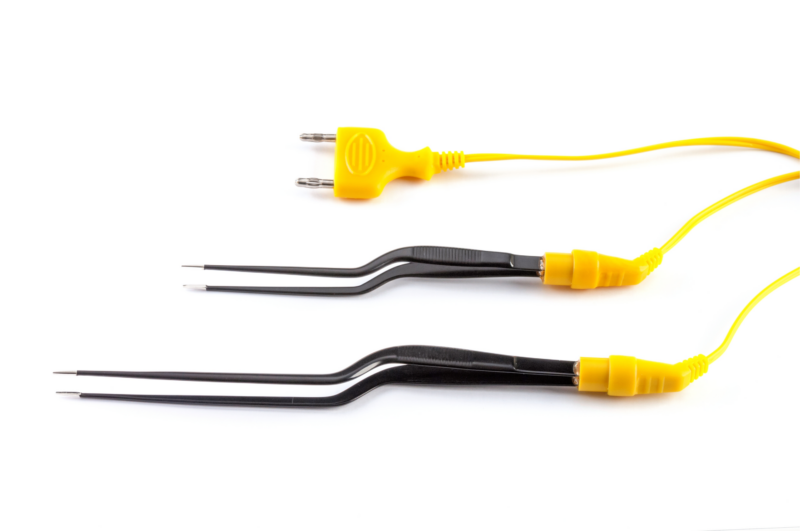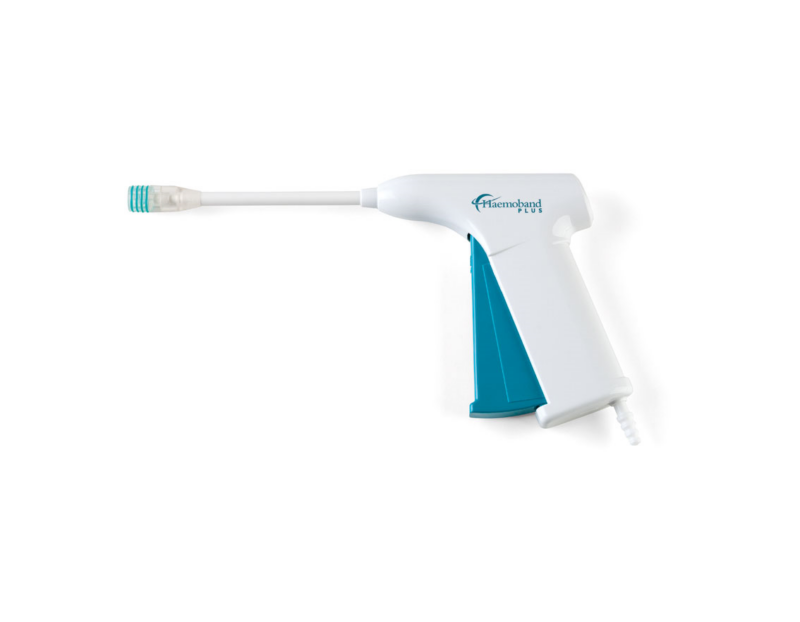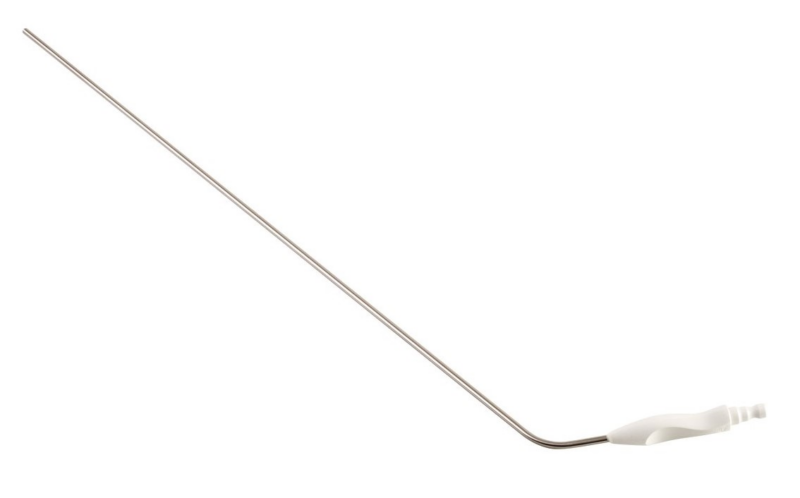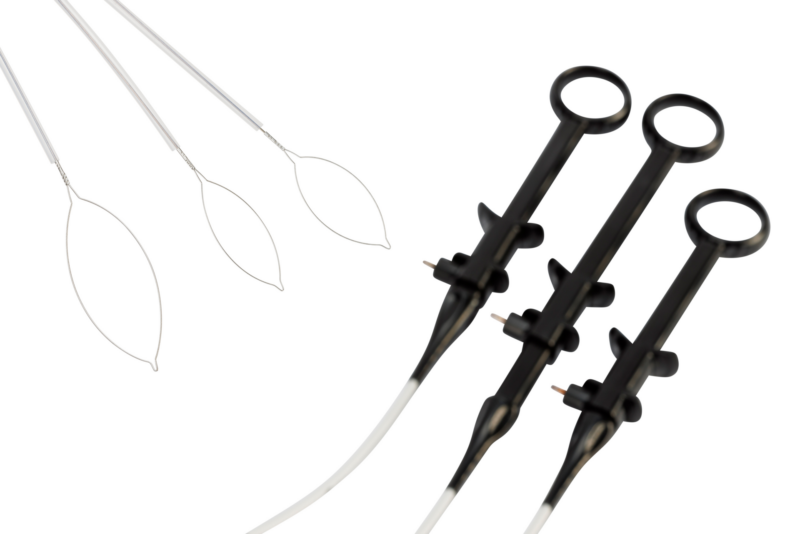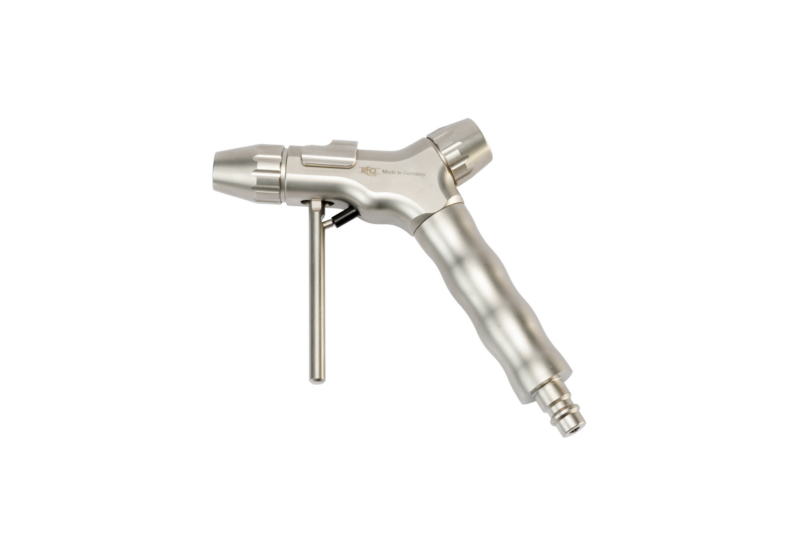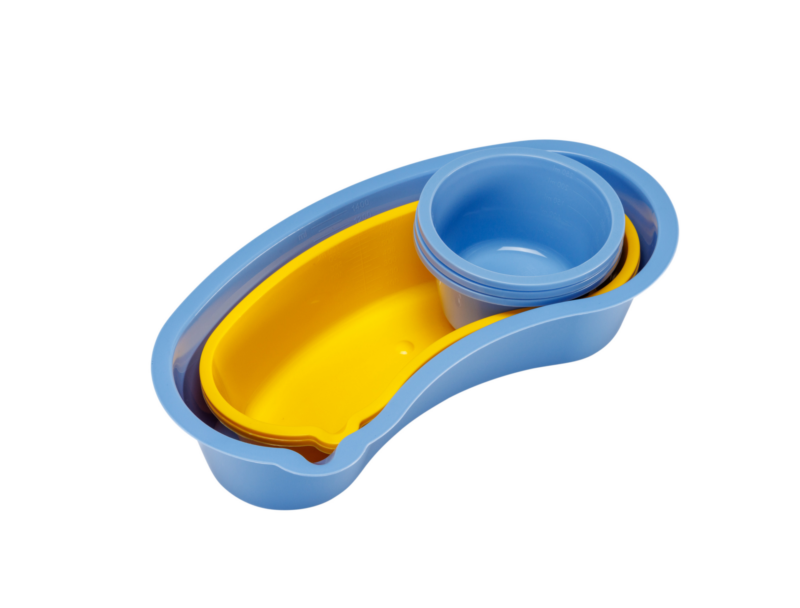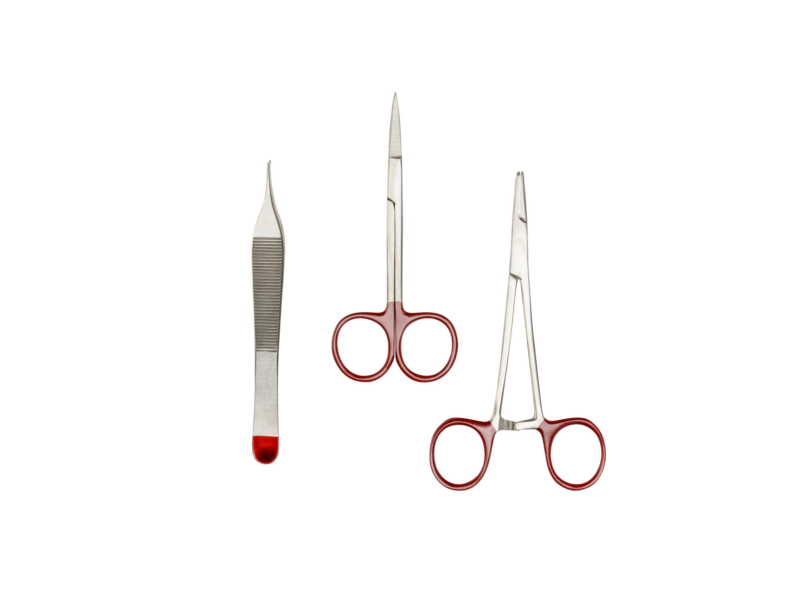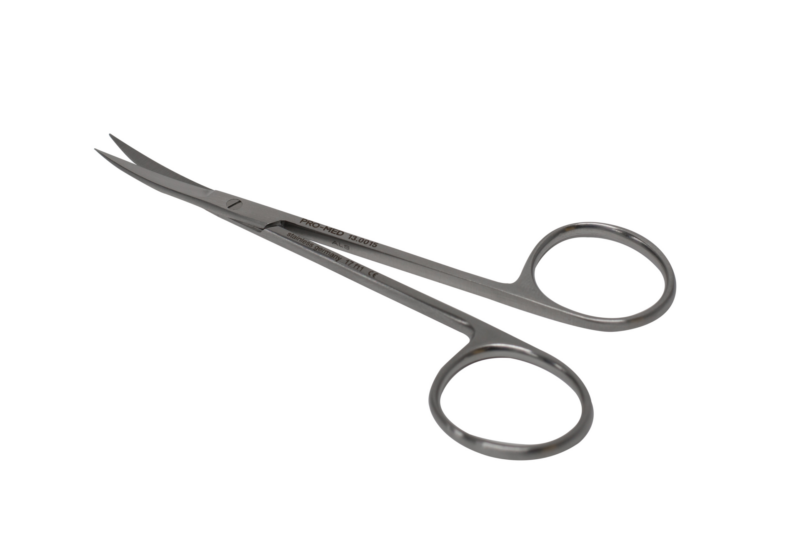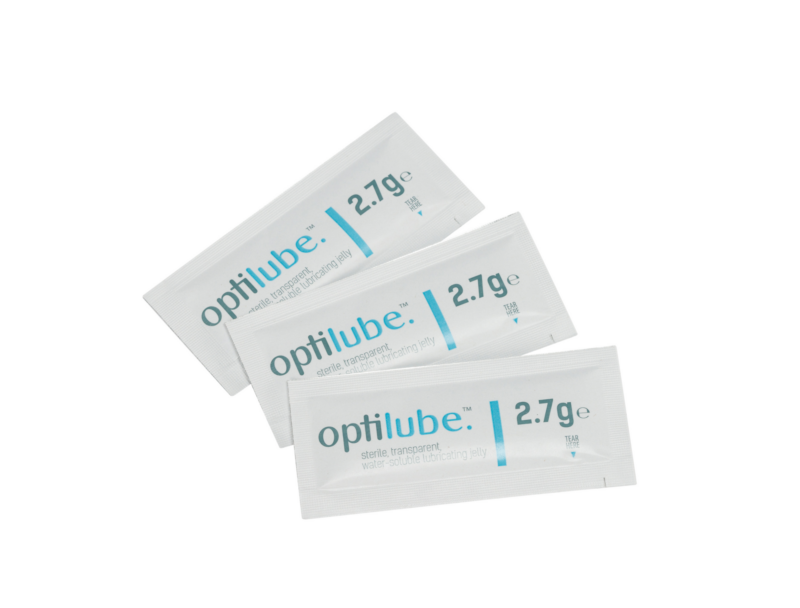5 Common problems with Histology Containers
Histology containers or specimen containers are a common item in most departments of a hospital. They range in size from 20ml pots to 10L containers for very large specimens. The most common size used is approximately 60-70ml. This container is typically provided pre-filled with formalin, meaning specimens can be quickly processed and sent to the laboratory, and formalin handling is kept to a minimum.
This article will point out the common problems with the standard pre-filled histology container that you may not have considered before. They are issues that you should take steps to resolve or minimise in your organisation.
Histology Container problems you may not have considered:
- Loss of fine specimens.
- Formalin exposure to staff.
- Formalin spill and leak risk.
- Formalin contact with biopsy devices.
- Inability to use in the sterile field.
Loss of fine specimens:
Every specimen sent to the lab is critical for comprehensive diagnosis and patient outcomes. However, in some cases, specimens can be lost in transit on the way to the laboratory. This is mainly when very small specimens are present in fields such as urology or gastroenterology.
The best way to avoid your specimens being lost is by using cassettes. This allows you to secure the sample before sending it to the laboratory, eliminating the possibility of the sample being lost.
Formalin exposure:
Formaldehyde is a known human carcinogen that affects health in many negative ways. Either when a person is exposed directly or through inhalation. Long-term exposure to Formaldehyde has been proven to be associated with an increased risk of cancer of the nose, nasopharyngeal and lung cancer. Short-term exposure can also cause serious health risks:
- Inhalation: Increased exposure to Formaldehyde can cause severe pulmonary reactions to the upper respiratory tract.
- Eyes: Irritation resulting in redness, itching, burning and tearing.
- Skin: Allergic reaction and dermatitis, as experienced by many working with Formaldehyde.
The issue with pre-filled histology containers is that when a specimen is processed, a nurse is exposed to formalin vapour when opening the lid. This danger is significantly increased in high-use
applications.
Several innovations are being used now around the globe to eliminate formalin exposure. The two leading solutions are sealed filling stations, such as the Milestone Ultrasafe system –https://www.milestonemedsrl.com/us/product/ultrasafe/ or the BiopSafe Histology container –
https://www.hallmarksurgical.com/product/biopsafe-prefilled-histology-container/.
Formalin spill risk:
Spillage of histology containers is perhaps the most recognised issue in the industry. This not only significantly increases vapour exposure, as covered above, but can bring healthcare teams into direct skin contact with formalin causing allergic reactions and discomfort. Using pre-filled containers has efficiency benefits and reduces the need for filling containers, which has significant exposure risks but dramatically increases the risk of spillage. Most spillages occur when containers are left open during a procedure.
Innovations like the BiopSafe Histology container provide an efficient method for specimen handling in your department without the associated risks of traditional pre-filled containers. Find out more about BiopSafe here: https://www.hallmarksurgical.com/product/biopsafe-prefilled-histology-container/.
Formalin contact with Biopsy Devices:
Many nurses or consultants use the liquid in a pre-filled histology container to help retrieve samples from core biopsy needles, biopsy forceps or other devices. This is often done by dipping the device into the formalin and swirling it around to release the specimen. This practice brings formalin into direct contact with the device, which may be reused for subsequent specimen retrieval.
Instead of this practice, you should consider using biopsy capsules, foam pads or specimen paper. This allows retrieval of the specimen without any contact with the carcinogenic substance of formalin.
Inability to use in the sterile field:
Formalin or Formaldehyde as a tissue fixation substance cannot be sterilised. This does cause some issues with processing samples from the sterile field.
Users currently either hold specimen pots on a back table or away from the sterile field, requiring samples to be transferred across the OR for processing, or use sterilised empty formalin containers that need manual filling and therefore increased exposure.
Once again, innovations such as BiopSafe provide a significantly improved solution due to the unique design advantages. In this case, the BiopSafe container can be sterilised through CSSD, leaving the lids containing formalin in the OR. The pot can remain in the sterile field, and once a specimen requires fixation, the BiopSafe lid can be screwed on and the formalin released.
This both eliminates exposure to staff and provides a sterile histology container.
So there are five common problems with Histology Containers and the potential solutions available. If these are problems you have in your department and organisation, and you would like to review possible solutions for them – please reach out to the Hallmark Surgical team today!

